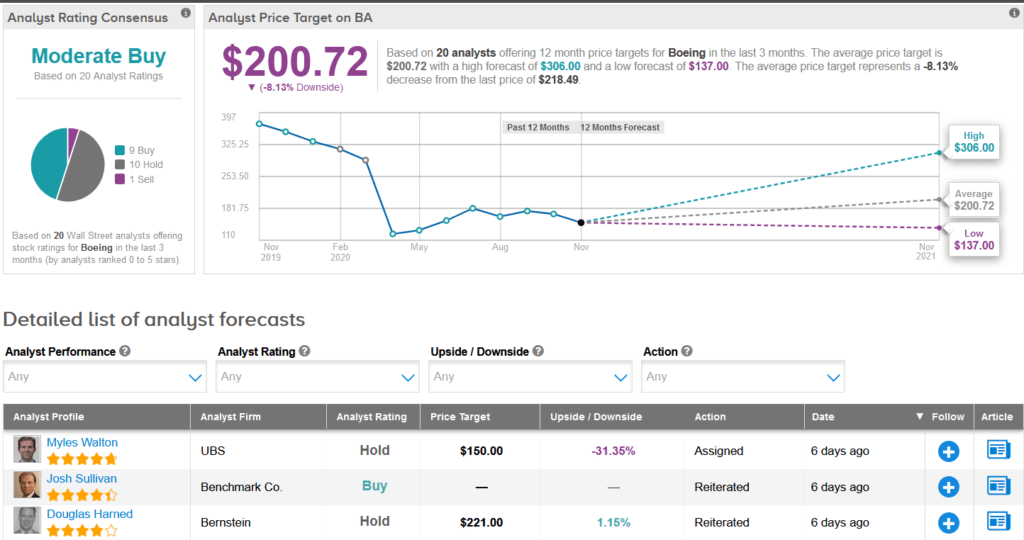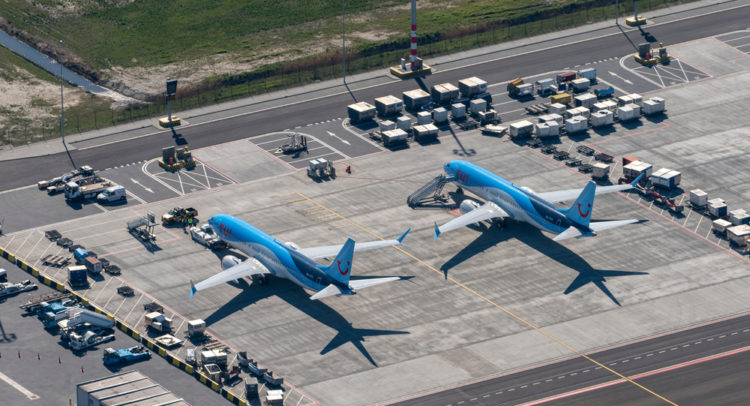Europe’s aviation regulator has started the process of resuming the service of the grounded Boeing 737 Max by as early as mid-January, after deeming the aircraft as safe to fly.
The European Union Aviation Safety Agency (EASA) published a so-called proposed airworthiness directive listing the conditions and changes Boeing (BA) needs to make before the 737 Max jet can return to the skies outside the US.
The move comes after its US counterpart, the US Federal Aviation Administration (FAA), last week suspended the 20-month grounding order that halted commercial operations of Boeing’s 737-8s and 737-9s, following two fatal crashes. In the US, commercial flights are scheduled to start on Dec. 29.
The publication of the EASA directive now kicks off a 28-day consultation period. Once that ends, the EASA will review the comments made, before publishing its final airworthiness directive. The final ungrounding decision is expected from mid-January 2021. Following the return to service, the EASA will monitor the plane closely in-service, to allow for early detection of any problems that may arise, the regulator said.
“I am confident that we have left no stone unturned in our assessment of the aircraft with its changed design approach,” stated EASA Executive Director Patrick Ky. “Each time when it may have appeared that problems were resolved, we dug deeper and asked even more questions. The result was a thorough and comprehensive review of how this plane flies and what it is like for a pilot to fly the Max, giving us the assurance that it is now safe to fly.”
One of the proposals set out by the EASA, following changes to the aircraft design and software updates, includes a mandatory training programme for pilots, with flight simulator training, to ensure that the pilots are familiar with all aspects of the flight control system of the 737 Max.
The EASA added that the airworthiness directive demands the same changes to the aircraft as the FAA, which means that there won’t be any software or technical differences between the aircraft operated by US carriers and by the operators of EASA member states.
However, the EASA noted that its conditions differ from the FAA in two main aspects. For one, the European regulator is proposing to impose a temporary restriction on the usage of the aircraft’s autopilot for certain types of high-precision landings.
BA stock has seen some relief, surging 36% over the past month. However, shares are still down 33% year-to-date as COVID-19 travel restrictions have resulted in a deep cut in the number of commercial jets and services Boeing customers need over the next few years. As a result, global airlines have been seeking to cancel or delay some of the orders they have with Boeing, including the grounded 737 Max.
Following the FAA decision, Canaccord analyst Kenneth Herbert stuck to his Hold rating on the stock with a $160 price target (27% downside potential), as he expects BA to deliver 225 jets in 2021 versus the roughly 450 parked jets.
“The production ramp will be held hostage to the pace of deliveries as Boeing will focus on inventory reduction,” Herbert commented in a note to investors. “The challenge now for Boeing will be turning the tide on MAX orders, which have lagged behind as the company has booked [about] 500 cancellations on the program.” (See BA stock analysis)
The rest of the Street has a cautiously optimistic Moderate Buy analyst consensus on the stock. That’s with an average analyst price target of $200.72, indicating 8.1% downside potential over the coming 12 months.

Related News:
Alaska Air Leases 13 Boeing 737 Max Aircraft; BA Stock Jumps 6%
Tiffany’s Quarterly Revenue Outperforms As China Sales Boom; Street Says Hold
Foot Locker Tops 3Q Estimates; Shares Dip 5% On Covid-19 Woes









